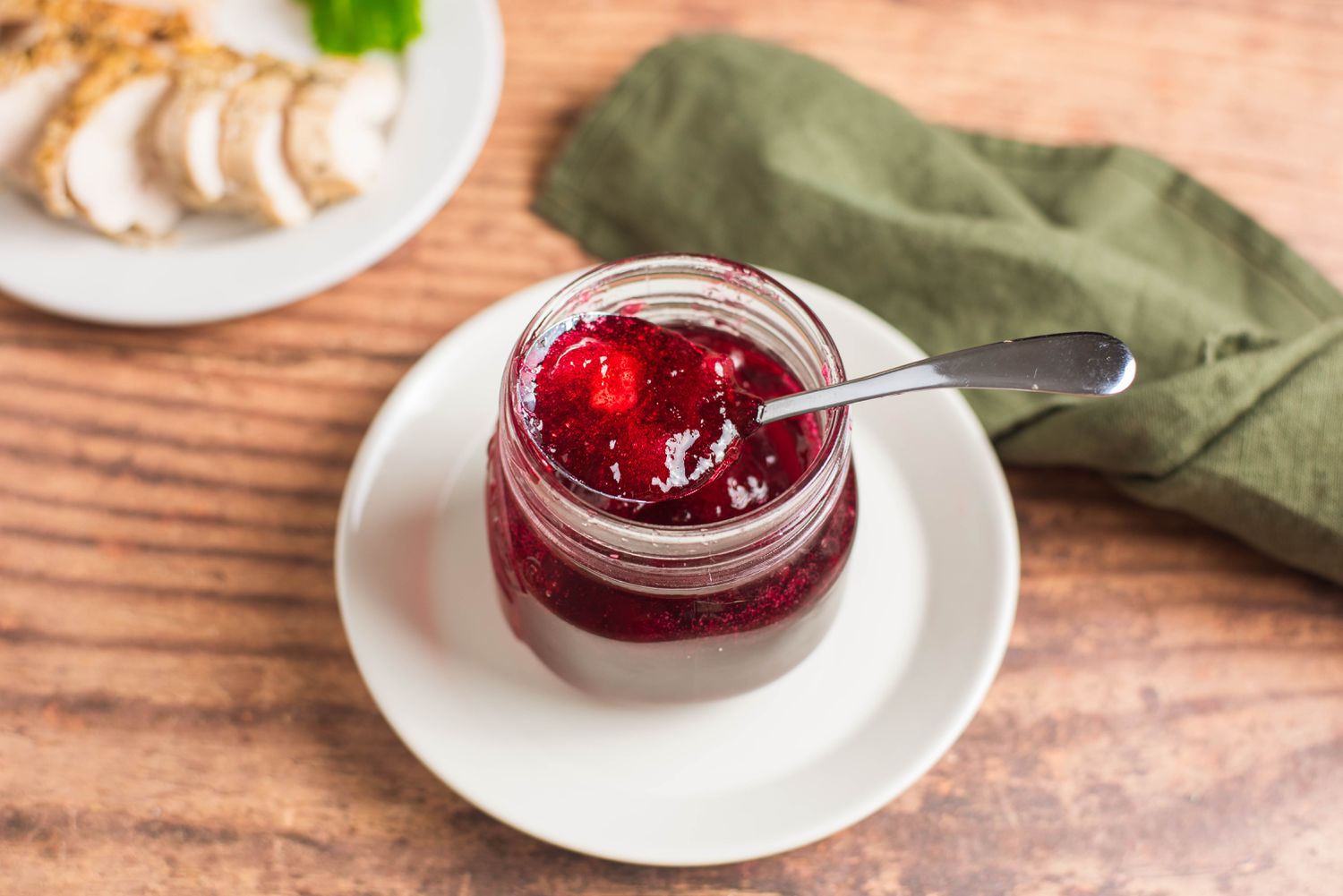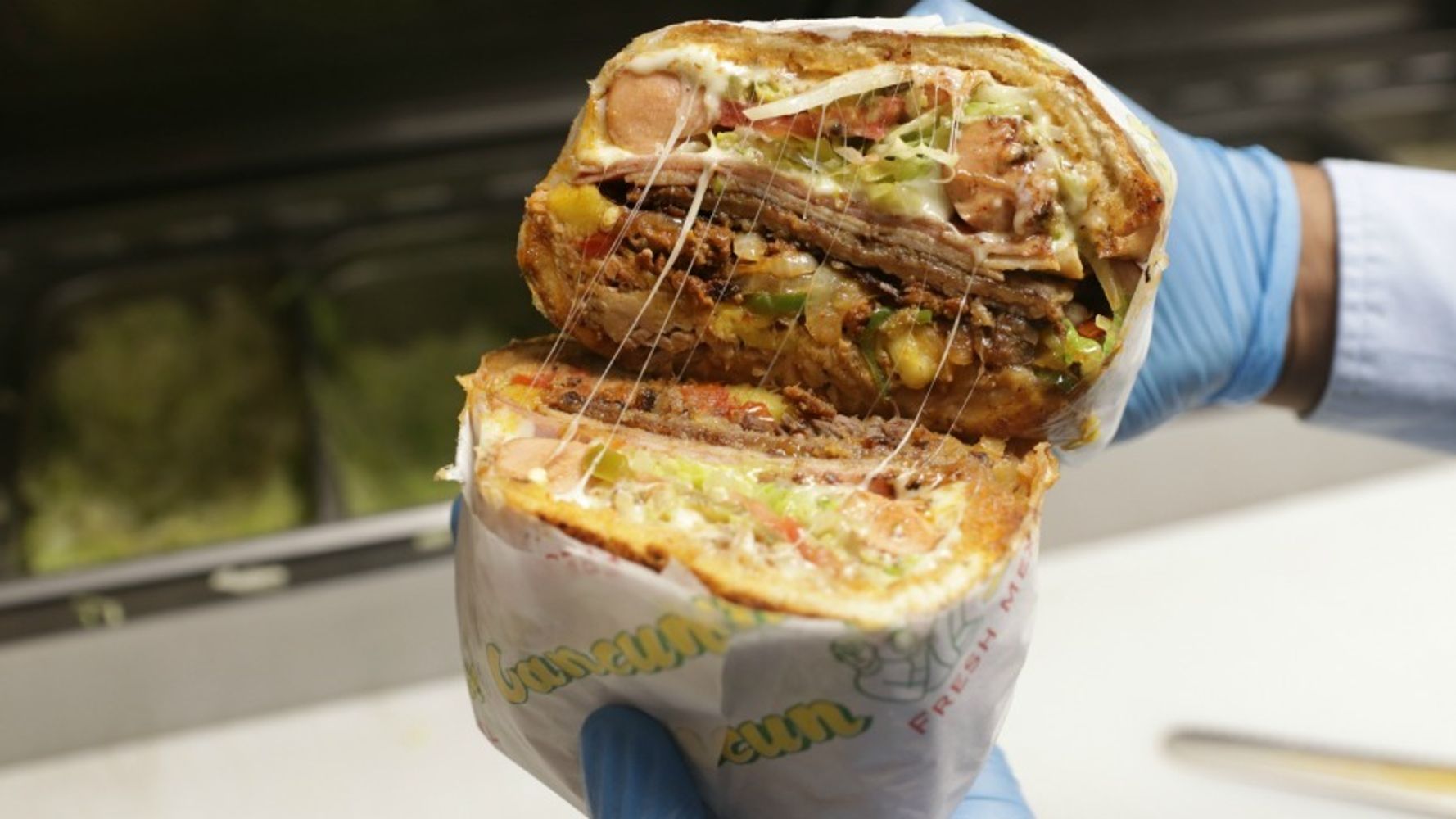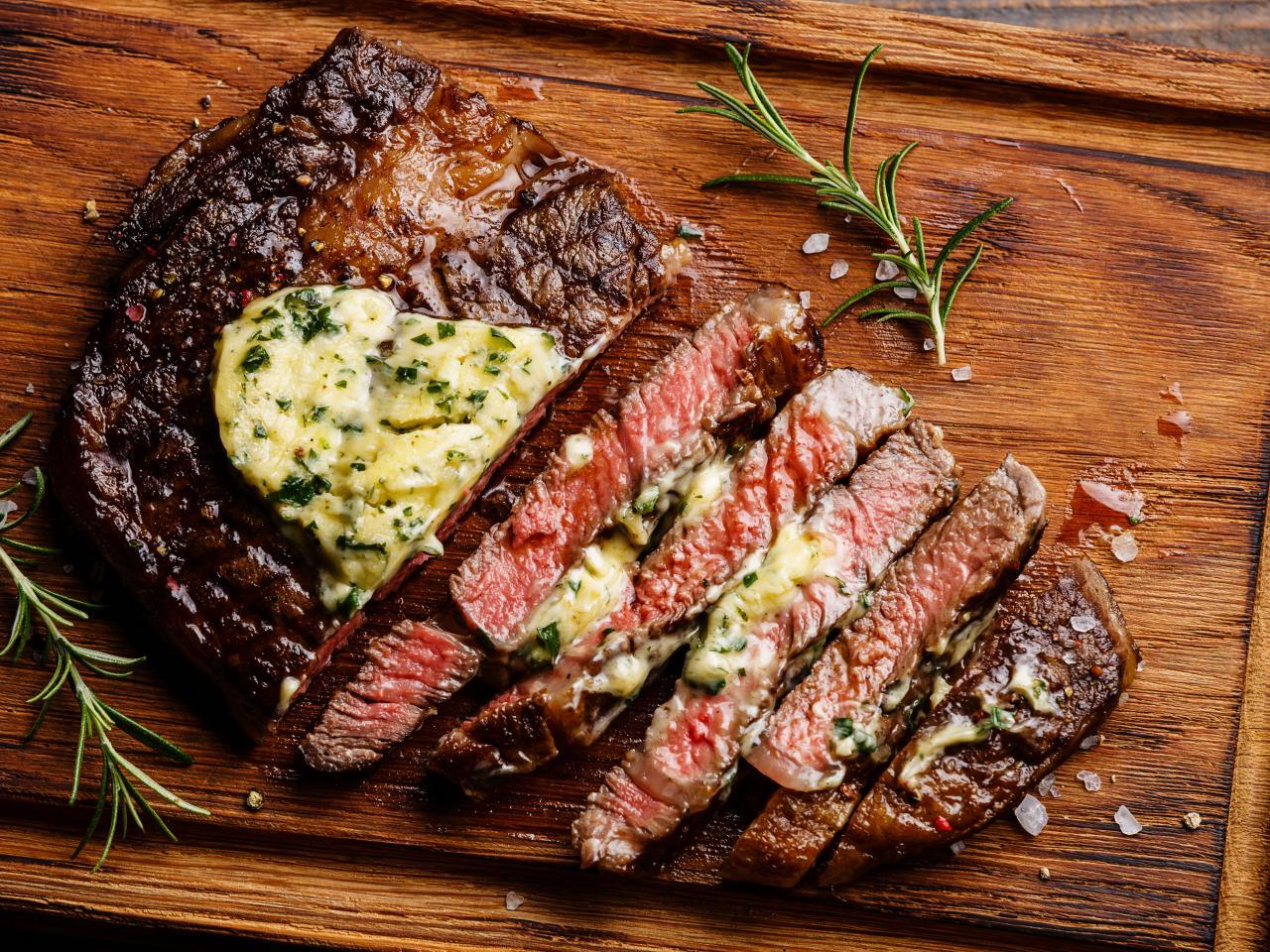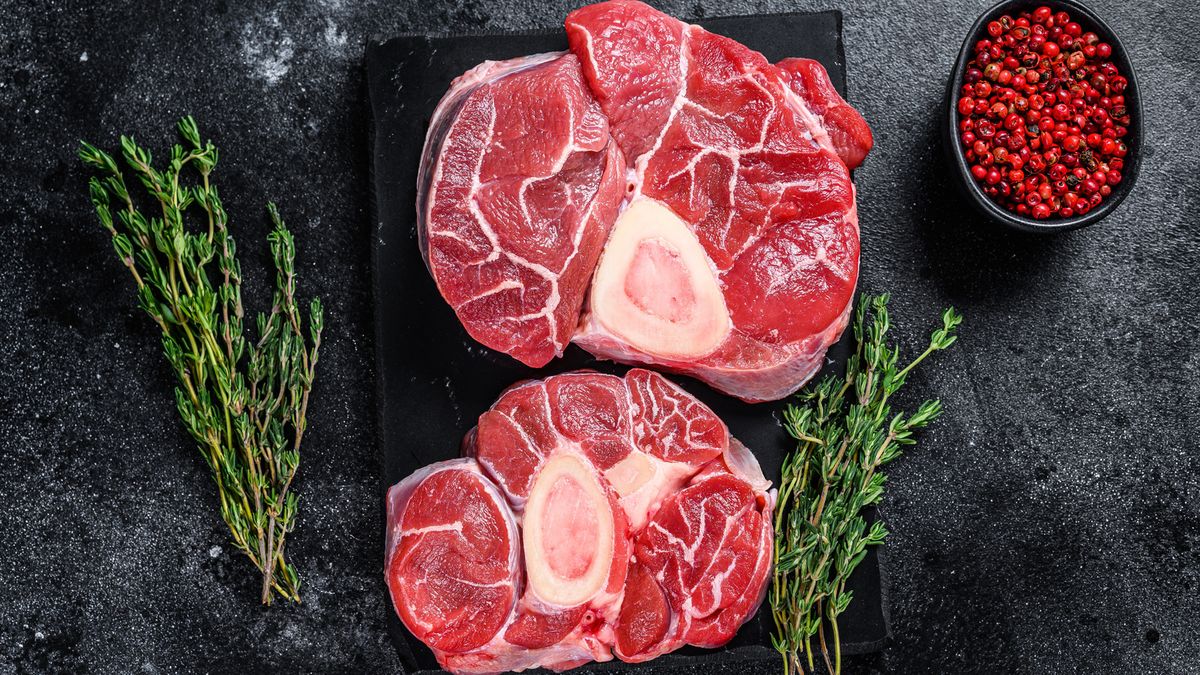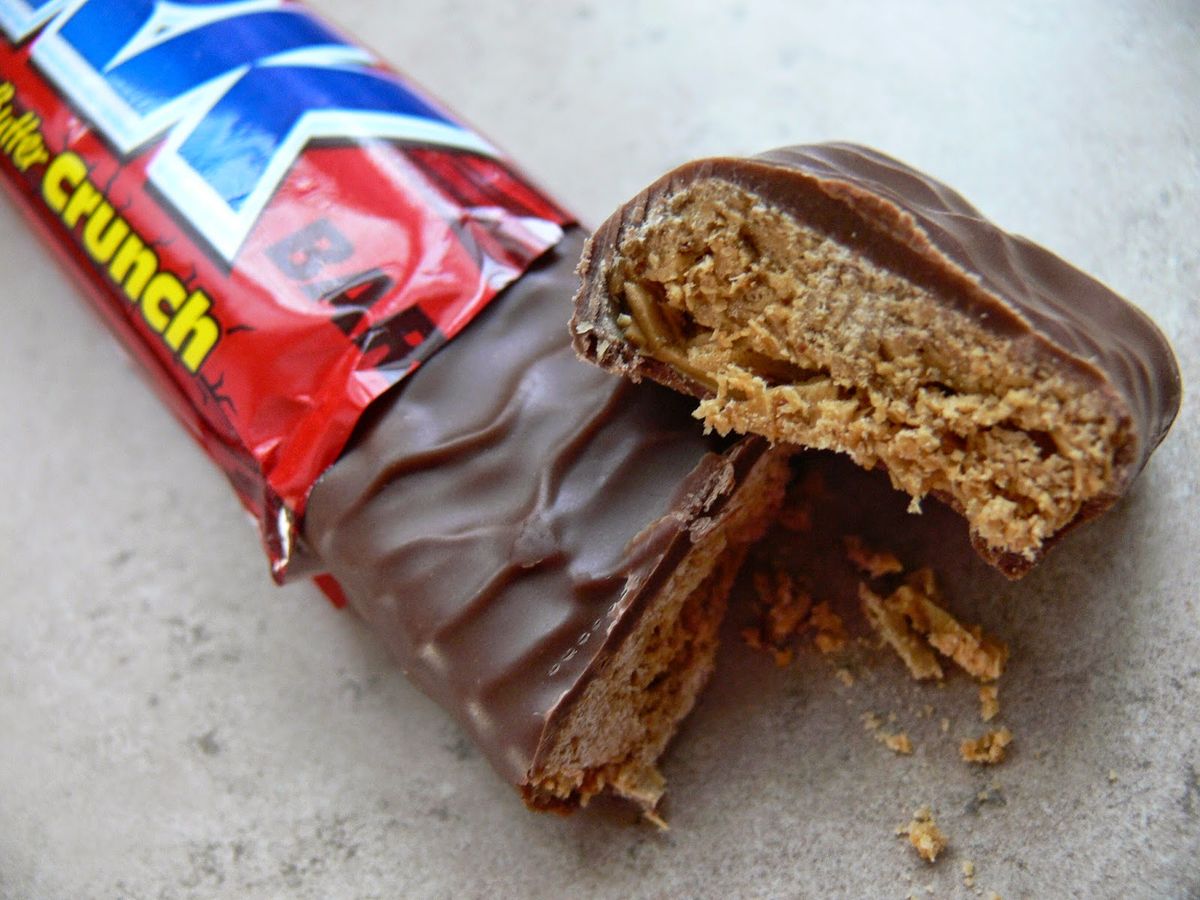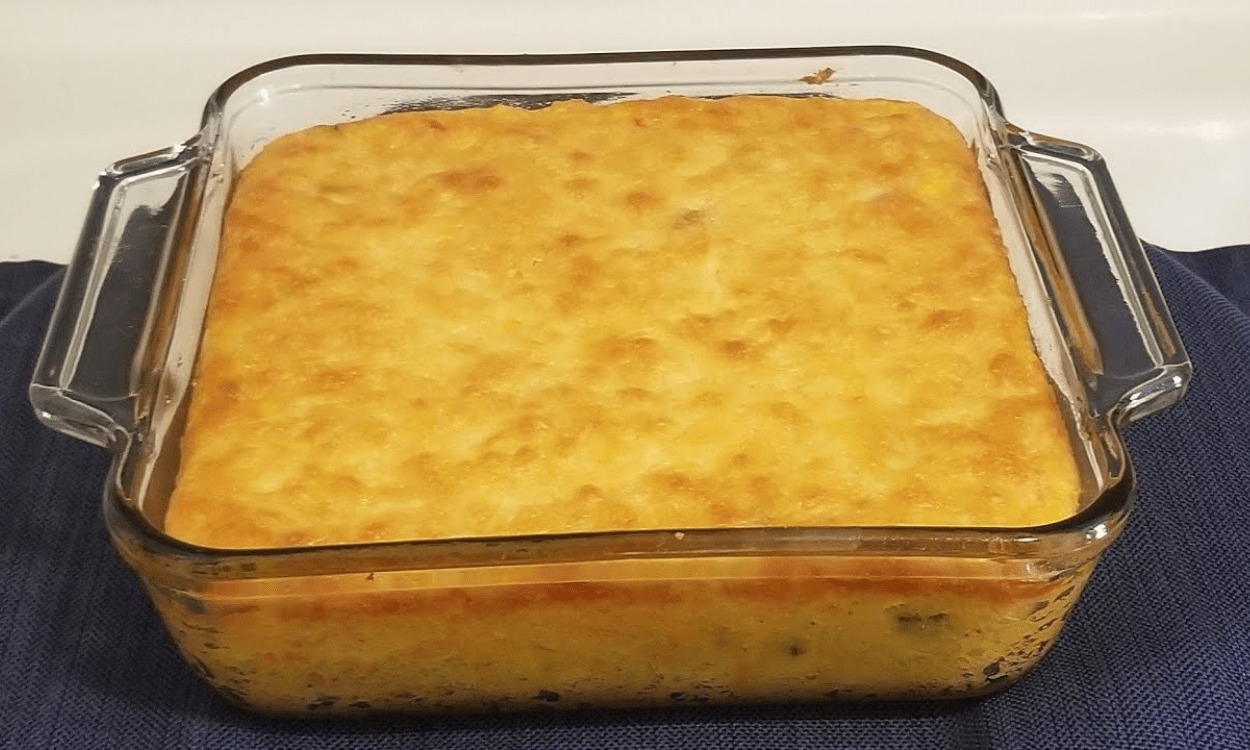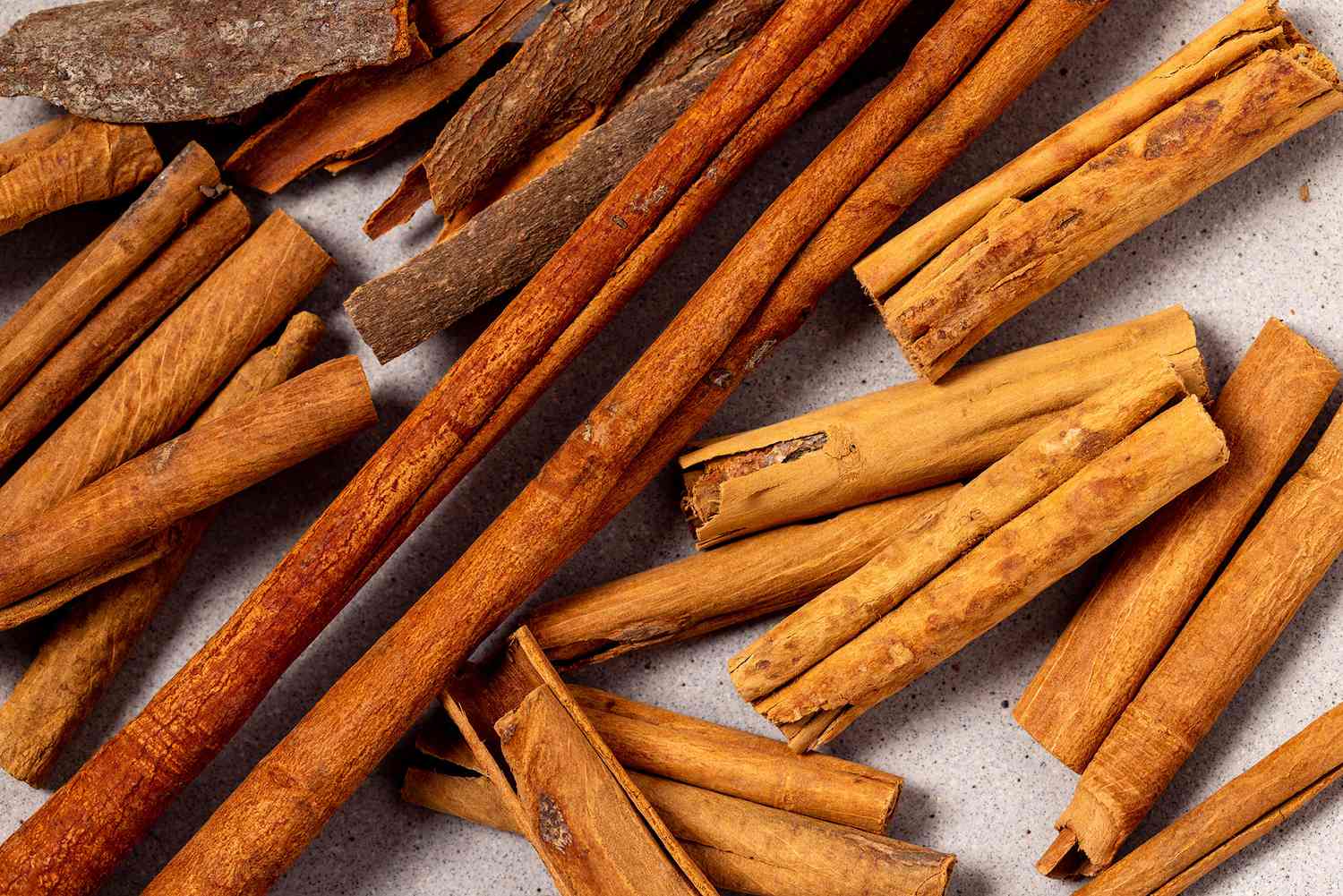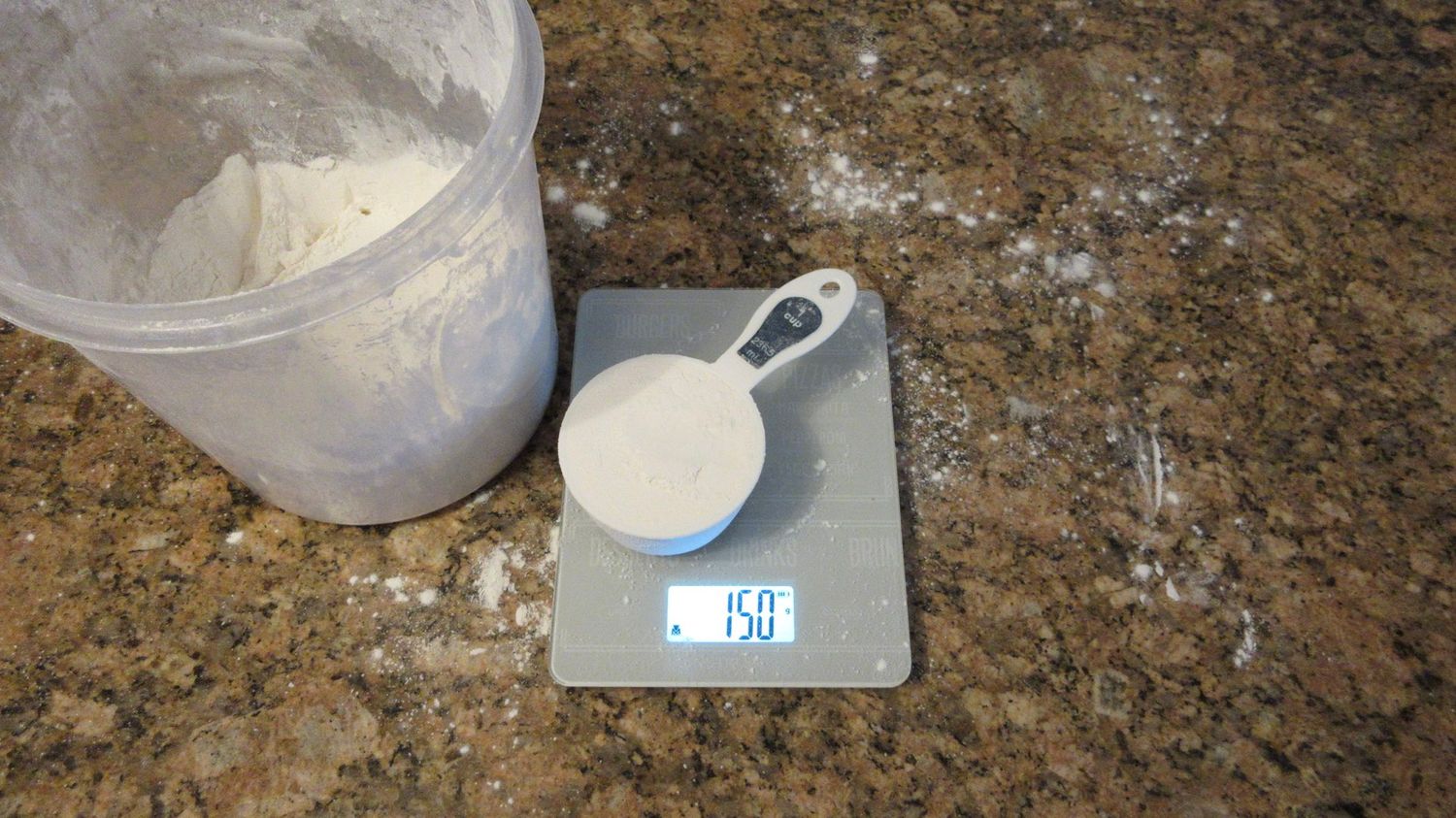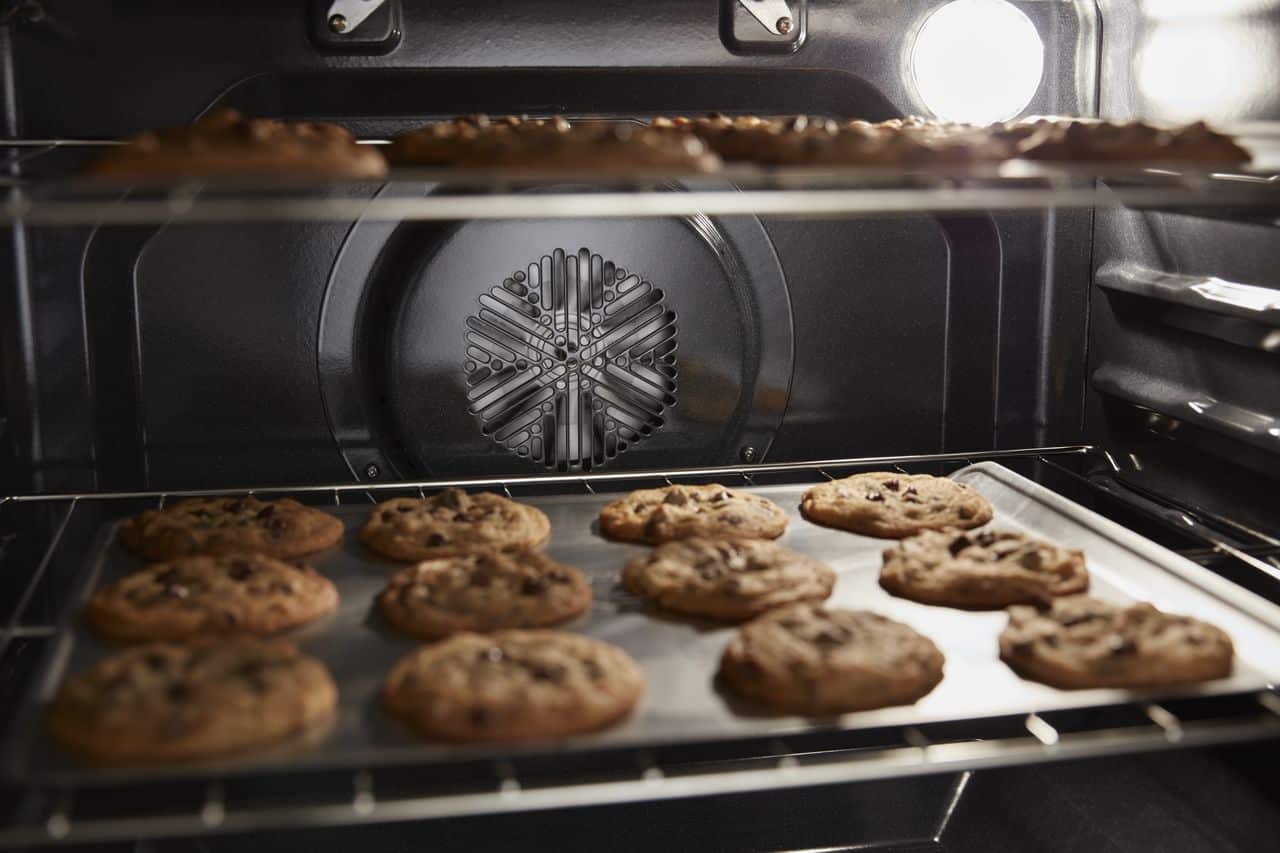Understanding Biga: A Traditional Italian Bread Starter
When it comes to making delicious, authentic Italian bread, one key ingredient that often comes into play is biga. But what exactly is biga, and how does it contribute to the creation of mouthwatering bread? Let’s delve into the world of biga and uncover its secrets.
What is Biga?
Biga is a type of pre-fermentation used in Italian bread making. It is a simple mixture of flour, water, and a small amount of yeast, which is allowed to ferment for a certain period of time before being incorporated into the final bread dough. This process helps to develop the flavor, texture, and rise of the bread, resulting in a more complex and delicious end product.
How is Biga Used?
When making bread with biga, the pre-ferment is typically mixed with additional flour, water, and yeast to form the final dough. The biga is added at the beginning of the bread-making process, allowing it to impart its unique characteristics to the dough as it develops. This method of pre-fermentation is favored by many artisan bakers for its ability to enhance the flavor and structure of the bread.
Benefits of Using Biga
There are several benefits to using biga in bread making:
- Enhanced Flavor: The fermentation process of biga contributes to a deeper, more complex flavor in the bread.
- Better Texture: Biga helps to improve the texture of the bread, resulting in a chewy, airy crumb.
- Extended Shelf Life: Bread made with biga tends to stay fresh for a longer period of time due to the fermentation process.
Traditional vs. Modern Methods
While biga has been used in Italian bread making for centuries, modern bakers have also developed variations of this pre-ferment. Some bakers may opt for a shorter fermentation period or adjust the hydration levels to achieve different results. However, traditionalists often stick to the time-honored methods of creating biga for their bread.
Conclusion
Biga plays a crucial role in the creation of authentic Italian bread, contributing to its flavor, texture, and overall quality. Whether you’re a seasoned baker or a novice in the kitchen, experimenting with biga can lead to the development of truly exceptional bread. So, the next time you’re craving a taste of Italy, consider incorporating biga into your bread-making process for an authentic and delicious result.
Now that you understand the significance of biga in Italian bread making, why not try your hand at creating a batch of biga-based bread at home? Your taste buds will thank you!
Was this page helpful?
Read Next: What Is Taco Bell’s Baja Sauce?
